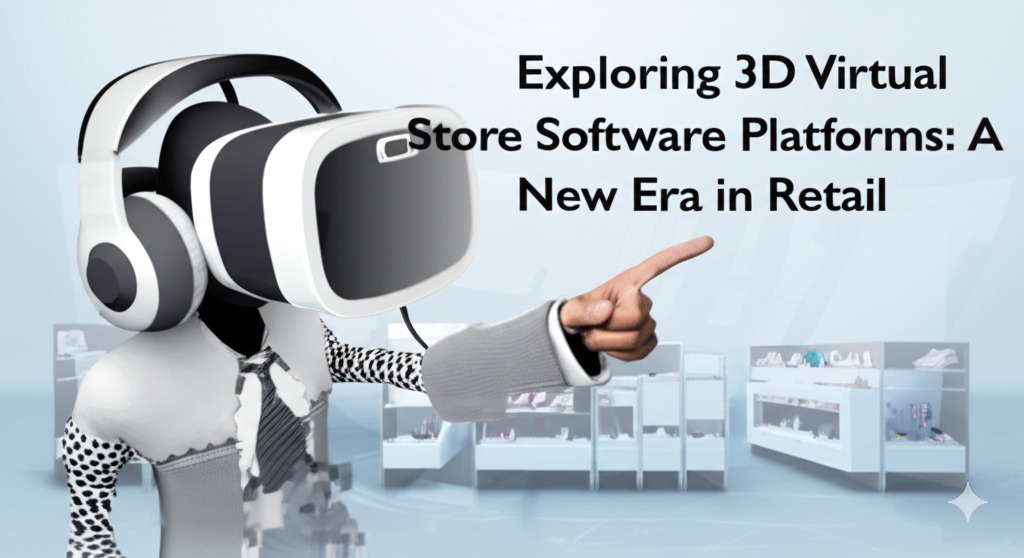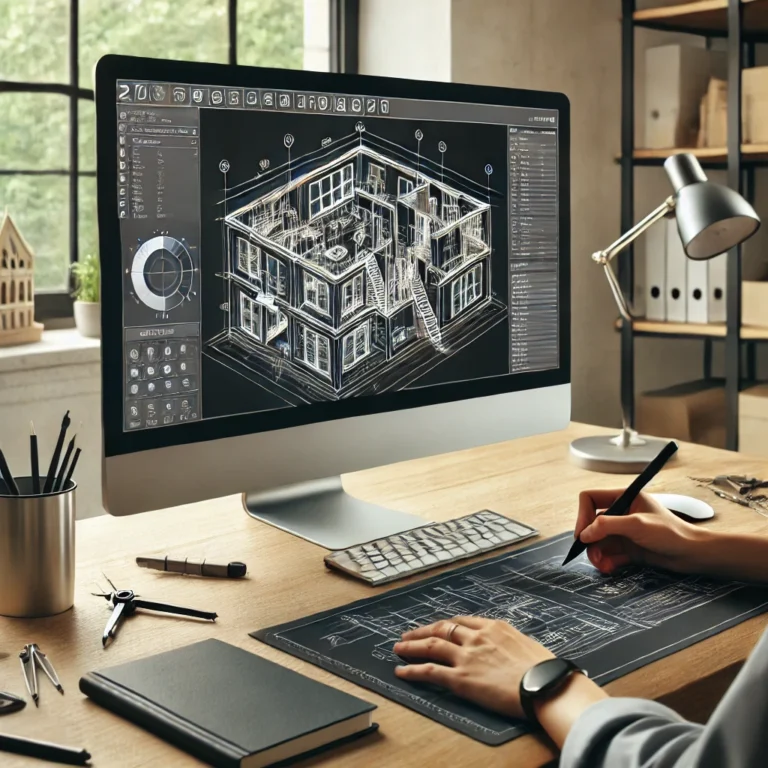Exploring 3D Virtual Store Software Platforms: A New Era in Retail
In today’s fast-paced digital world, online shopping has become the norm. But with increasing competition, businesses are constantly searching for new ways to stand out. Enter the 3D virtual store software platform—a revolutionary technology reshaping how consumers interact with eCommerce. These platforms offer immersive, interactive environments that mimic physical stores, providing a realistic and engaging shopping experience—all from the comfort of home.
Whether you’re a small boutique or a large retail chain, tapping into the power of 3D virtual stores could be your next big move.
What Is a 3D Virtual Store Software Platform?
A 3D virtual store software platform is a digital solution that enables retailers to create fully immersive, 3D-rendered shopping environments. Customers can “walk” through aisles, view products up close, and even interact with virtual sales assistants—just like they would in a real store.
Key Features Include:
- 360-degree navigation
- Interactive product displays
- Virtual reality (VR) compatibility
- Personalized avatars or assistants
- Real-time analytics and tracking
This technology bridges the gap between traditional retail and eCommerce, offering a hybrid experience that enhances customer engagement and satisfaction.
Benefits of 3D Virtual Store Platforms
The advantages of using 3D virtual store software are vast—for both customers and retailers.
Enhanced Customer Experience
Customers enjoy:
- Immersive browsing that feels like a real-world visit
- Interactive product demos
- Greater personalization with custom layouts or avatars
Increased Engagement and Conversion
Retailers benefit from:
- Higher time-on-site metrics
- Boosted conversion rates
- Reduced cart abandonment
Competitive Edge in a Crowded Market
Standing out is crucial. A well-designed virtual store:
- Differentiates your brand
- Shows that you’re tech-forward and innovative
- Appeals to younger, digitally native consumers
Who Can Use 3D Virtual Store Platforms?
You might think this tech is only for the big players. Not true. Businesses of all sizes are adopting virtual store software across various industries.
Ideal Users Include:
- Retail brands and fashion boutiques
- Home decor and furniture stores
- Beauty and skincare companies
- Grocery and convenience stores
- B2B product suppliers
Thanks to scalable pricing and user-friendly design tools, even small to medium businesses can launch a 3D store without breaking the bank.
Top Features to Look for in a 3D Virtual Store Platform
Before choosing a software solution, consider the features that will matter most to your business and customers.
Essential Features:
- Drag-and-drop store builder for easy customization
- Multi-device support (desktop, mobile, VR headsets)
- Ecommerce integration with platforms like Shopify or WooCommerce
- AI chatbots and customer service tools
- Analytics dashboards for performance tracking
Look for platforms that offer easy onboarding, frequent updates, and technical support to ensure long-term success.
Popular 3D Virtual Store Platforms in 2025
Several platforms are leading the charge in this space, offering diverse tools tailored for different needs.
Noteworthy Options:
- Emersya – Great for interactive 3D product customization
- Obsess – Ideal for fashion and beauty retailers
- ByondXR – Known for realistic, immersive environments
- VNTANA – Specializes in 3D asset management and ecommerce integration
- Shopify + AR/VR plugins – Budget-friendly for small businesses
These platforms vary in pricing, features, and scalability, so consider your goals before committing.
Getting Started With a 3D Virtual Store
Launching your own virtual store may sound complex, but most platforms offer guided steps and support to help you go live smoothly.
Steps to Get Started:
- Choose a platform based on your industry and budget
- Upload product data including 3D assets and descriptions
- Design the store layout with branded visuals and themes
- Integrate payment systems and inventory tools
- Test and launch your store, then promote it across channels
Consider starting with a pilot store or limited product showcase to gauge customer response before scaling up.
The Future of 3D Virtual Shopping
The growth of metaverse platforms, VR headsets, and AI-driven commerce suggests that 3D virtual stores will only become more popular. As younger consumers seek immersive, gamified experiences, retailers will need to adapt or risk falling behind.
Key trends to watch include:
- AR + VR hybrid experiences
- AI personalization in virtual environments
- Voice search and virtual assistants
Adopting 3D store technology now positions your brand as a future-ready retailer in an evolving digital landscape.
Final Thoughts: Is a 3D Virtual Store Right for Your Business?
If you’re looking to enhance your online presence, engage customers more effectively, and stay ahead of retail trends, investing in a 3D virtual store software platform is a smart move.
Whether you’re launching a new product line or reimagining your entire storefront, 3D technology gives you a dynamic, modern way to connect with customers.

Zain Jacobs is a writer for TheNetUse, providing in-depth reviews, tips, and insights on the latest software apps to help users maximize their digital experience.







